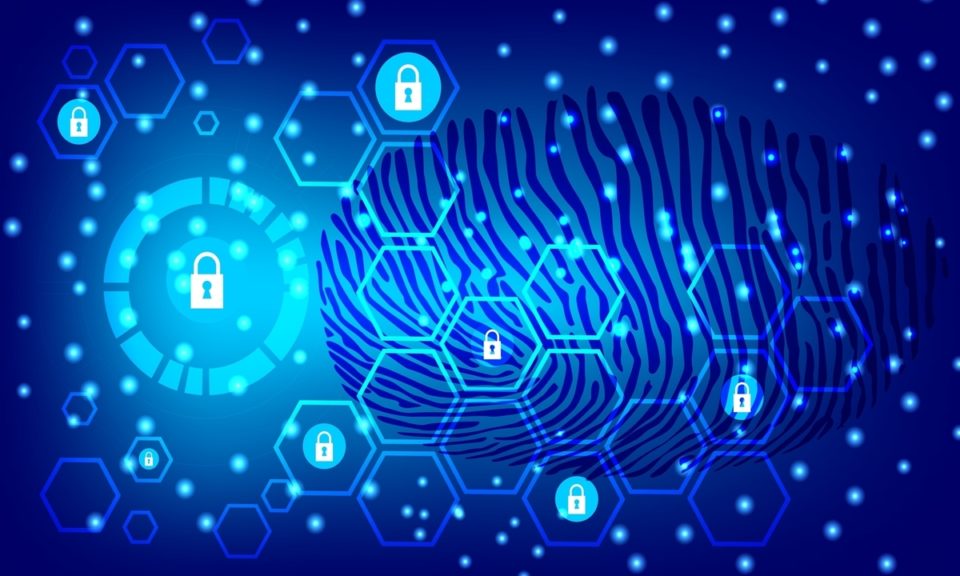Businesses are spending more on cybersecurity than ever before. Contrary to what some people may believe, small businesses and growing brands are also on the radar of cybercriminals and hackers, who are only trying to exploit vulnerabilities within the network perimeters. One of the common ways in which hackers attack businesses is by using backdoor password. Password security is an aspect that should concern all enterprises, regardless of size, niche, nature of operations, and other factors. In this post, we are sharing a few guidelines that businesses must follow for better password security.
- Go for long passwords. A strong password is always a long one. Make sure that employees and managers are using long passwords for company resources, IP cameras, hardware, devices, and other network assets. At the very least, a password needs to be at least 10 characters long.
- Mixed characters are a must. Passwords need to have a mix of characters. Uppercase & lowercase letters, special characters, numbers must be used for all passwords, and ensure that passwords are never reused. A strong & long password should be nonsensical and not easy to remember.
- Recommend a password manager. Each employee probably needs to deal with at least five to ten passwords on a daily basis, and since complex passwords are a must, it is necessary to find a better way to manage everything. If your company hasn’t recommended a password manager as yet to employees, do that now.
- Consider multifactor authentication. Beyond basic steps for keeping passwords protected, using multifactor authentication can be a good idea, especially for sensitive accounts and resources. From using biometrics, to the basic security questions, there are varied ways to add security beyond a password.
- Train your employees. Whether it’s about IP cameras or user accounts, employees & executives are on the frontline of password protection, and every company needs to train them. Ensure that your employees know what password creation, strong passwords, and multifactor authentication are all about.
Other steps to consider
Finally, discuss things like password hacking, social engineering and other forms of cyberattacks with people within the organization. Only when employees are made aware and responsible for their actions, you can expect the best results from your cybersecurity measures. Also, don’t shy away from using multifactor authentication for privilege accounts and ensure that all firmware and software programs are updated to the latest versions. Not to forget, same passwords shouldn’t be used for different accounts and resources.

